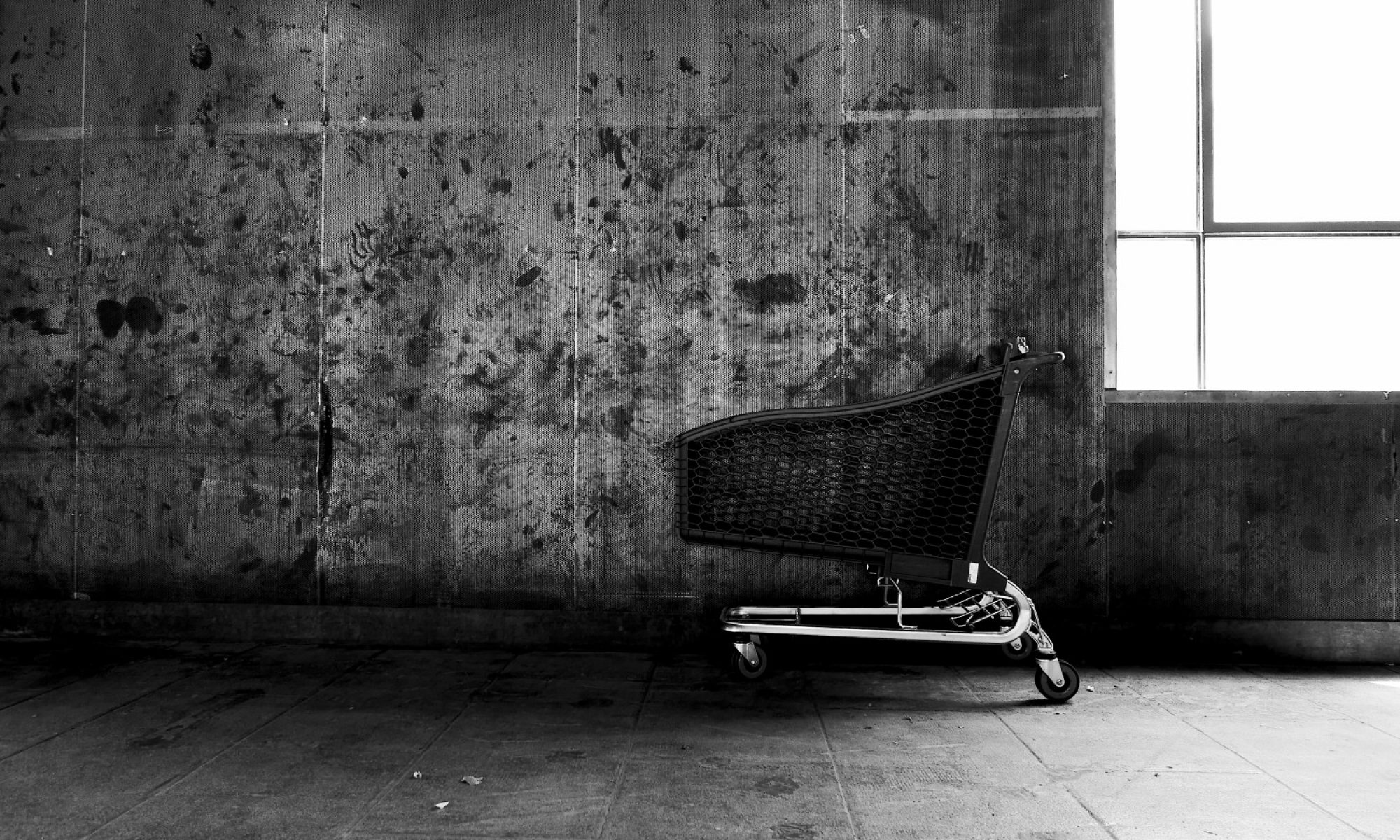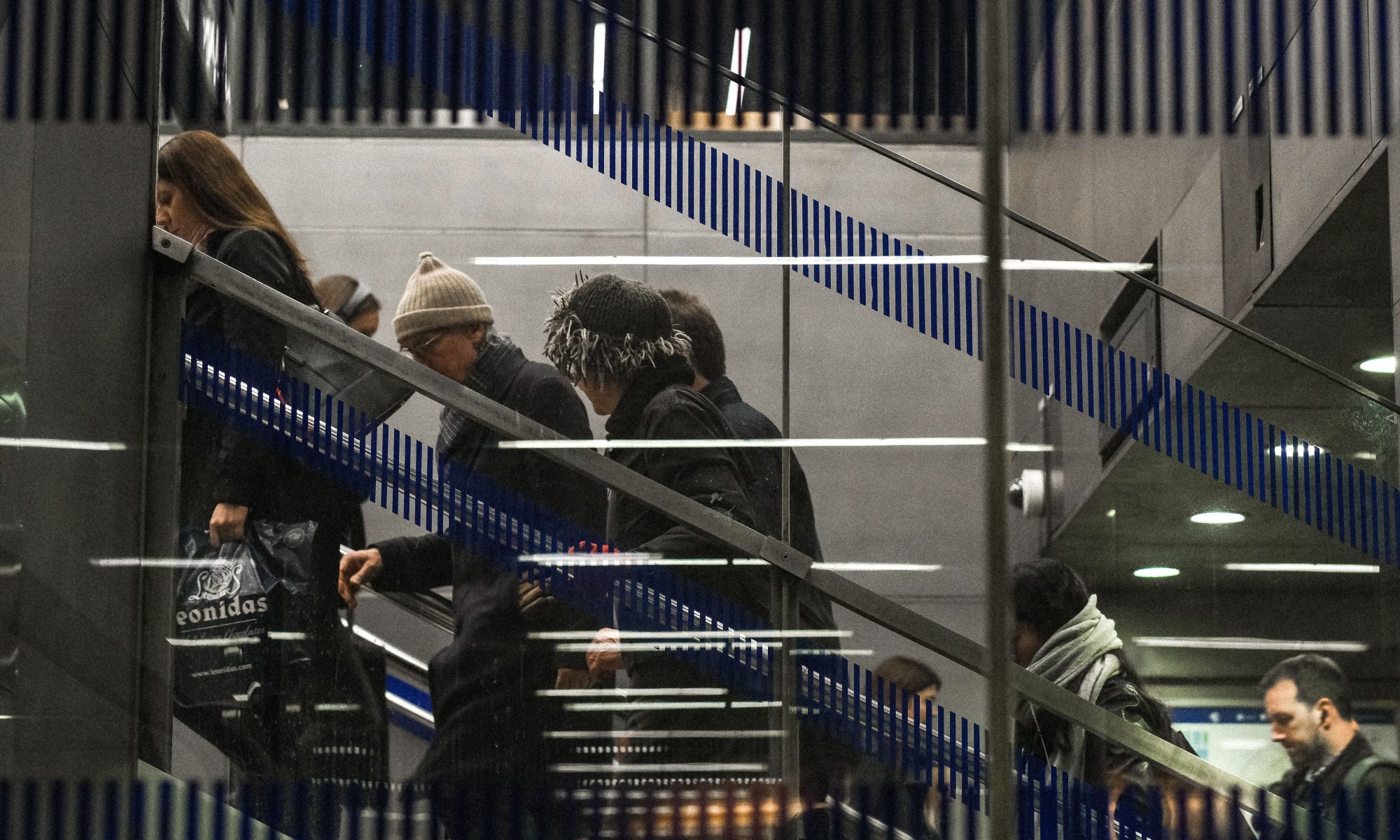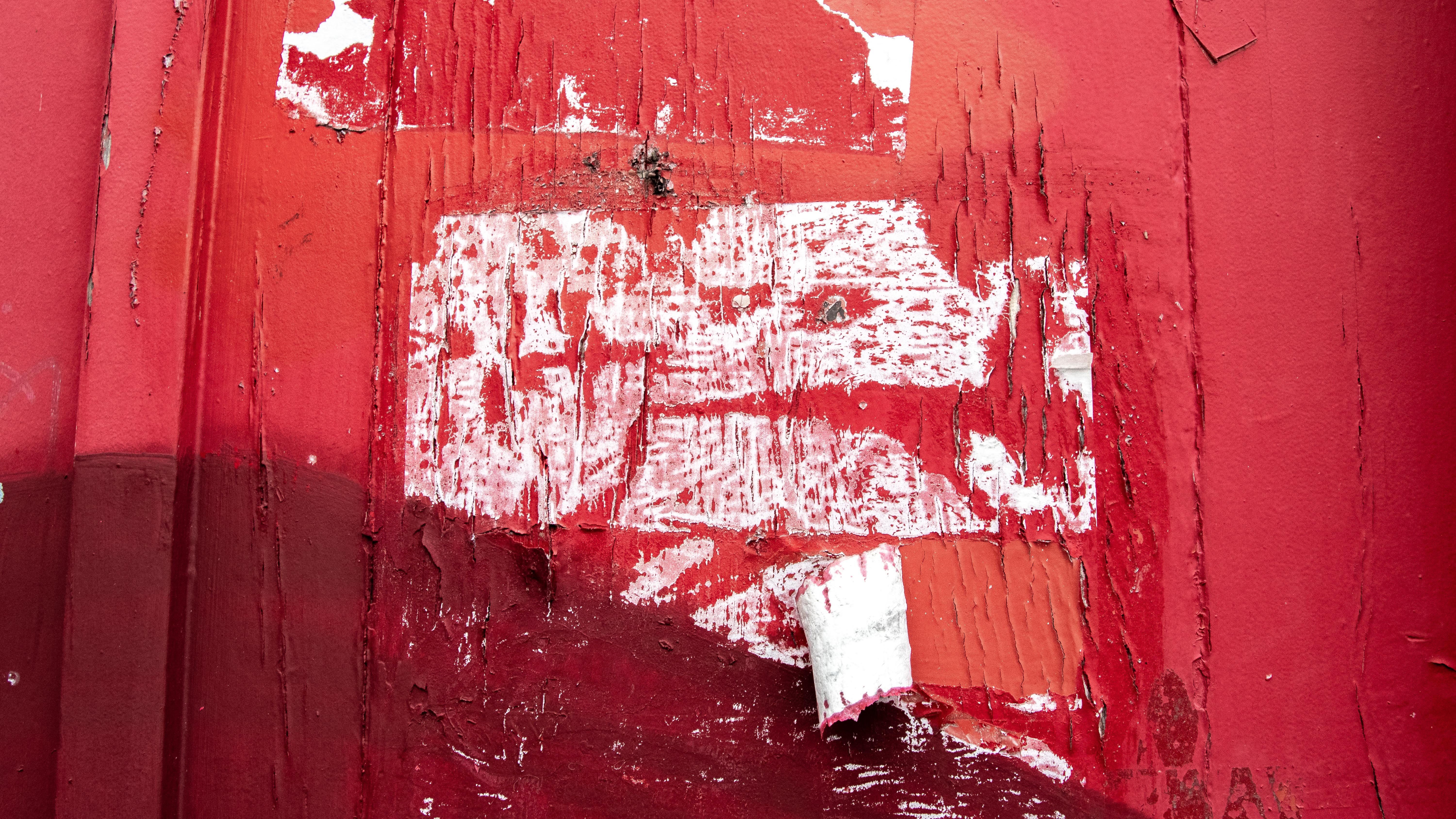With AbdouMaliq Simone we have produced this text, which appeared first on the Society & Space Blog (here and here) and then on LeftEast (here). It comes out of weeks of reflections on how the covid-19 impacted China and Italy. A good amount of critical readings on the topic can be found here and, for ones written mostly by social scientists, here.
Bio-austerity and Solidarity in the Covid-19 Space of Emergency
Written by Michele Lancione and AbdouMaliq Simone.
All pictures by Michele Lancione
Recent days have witnessed many Western heads of state acting as pedagogues-in-chief, lecturing their populations that the nation is at war against an invisible enemy to which the majority has been seemingly oblivious and indifferent. We want here to explore the implications of this retreat from busy to empty streets, the retreat to the safety of individual abodes and what this indicates about public sociality and the sense of the urban. These reflections come out of our long-term engagement with collectives in Romania and Italy (Michele) and Sub-Saharan Africa and Indonesia (Maliq), which have taught us about the importance of rethinking inhabitation from the standpoint of autonomous and solidarity-based forms of dwelling. More recently, we have more closely engaged with what produced by comrades in Italy (especially Blocchi Precari Metropolitani in Rome, and Wu-Ming/Giap in Bologna) and Romania (FCDL and Bloc) in response to the Covid-19 state of emergency. We are indebted to these forms of collective thinking, and our intervention aims to contribute to further reflections around the new austerity in the makings.
The essay will unfold in two parts. The first focuses on what we call bioterity, the ways in which the war against the virus extends austerity regimes into the very biological mechanisms of human existence, and where these mechanisms’ legitimate existence become further removed from a discernible social life. The current mode of governing the crisis in Italy will serve as the primary means to elaborate this notion. The second episode concerns the waning of the sensuousness of the street as a locus of circulation—of knowledge, affect, and capacity—and the performance of solidarity. It concludes with some ideas about how to think through a potential reassembling of social life in the time of this crisis.
Part One: The New Austerity
An ever-present danger?
Responding to the Covid-19 pandemic, the Italian collective, Wu-Ming, highlighted the difference between the danger (pericolo) and the emergency (emergenza) structuring our current times and spaces. The pericolo is the immanent and potential threat, such as the one posed by the virus in its capacity to infect/affect our bodies. L’emergenza is what is built on and around that threat. It is a space that opens up from the danger of the given situation: a space that is molded from above and from below, through relationships of various kinds and strength, such as the ones operated by governments and state agencies (including Universities), economic and financial powers. But it also entails mundane acts of participation in the micropolitics of that space of emergency. Pointing out the generative power of that space to restructure everyday life can be seen as a way of negating the necessity of action in face of a given pericolo. But as commentators such as Wu-Ming are signalling, being vigilant on how a space of emergency is arranged – and on its implications – is as important as washing our hands to stay alive in the times that we currently inhabit.
A processual notion of ‘inhabitation’ here is key. Our subjectivities are constituted through regimes of governance, historical baggage, social stratification, and everyday fluctuations, interactions, and assemblage (Bondi, 2005; Guattari, 1996; O’Sullivan, 2012). When the terms of the everyday change, our bodies are put under stress and have to adjust. This process is as contested and political (Haraway, 1991) as it is unconscious. The covid-19 space of emergency instantiates unprecedented stress, positing questions around its long-term effects, and the ways those will (re)assemble modalities of interaction, control, and self/collective affirmation. At the same time, l’emergenza offers also the opportunity to imagine autonomous and liberatory ways of inhabiting its spaces.
A key factor in how we currently inhabit is austerity. As a domain of interventions, affections, and governance key to the neoliberal project, austerity produces subjects that are more easily controlled to extract capacities, knowledge, labour and income streams from them. Life under precarious conditions and permanent crisis has become the norm, re-structuring the ways of dwelling everywhere, as evident, for instance, around matters of housing (Madden & Marcuse, 2016; Rolnik, 2019). Through movement restrictions, increased job precarity and overall policing of social interaction, it seems evident that the covid-19 emergency is an extension of austerity technologies. But what exactly does this emergency bring to the fore? How does such an extension intersect with the normalized repression we currently inhabit? These are early days, and our direct experience of these matters is limited to the cases of Italy, Germany, the USA and the UK, but peculiar traits are already evident and worth highlighting.
Bioterity
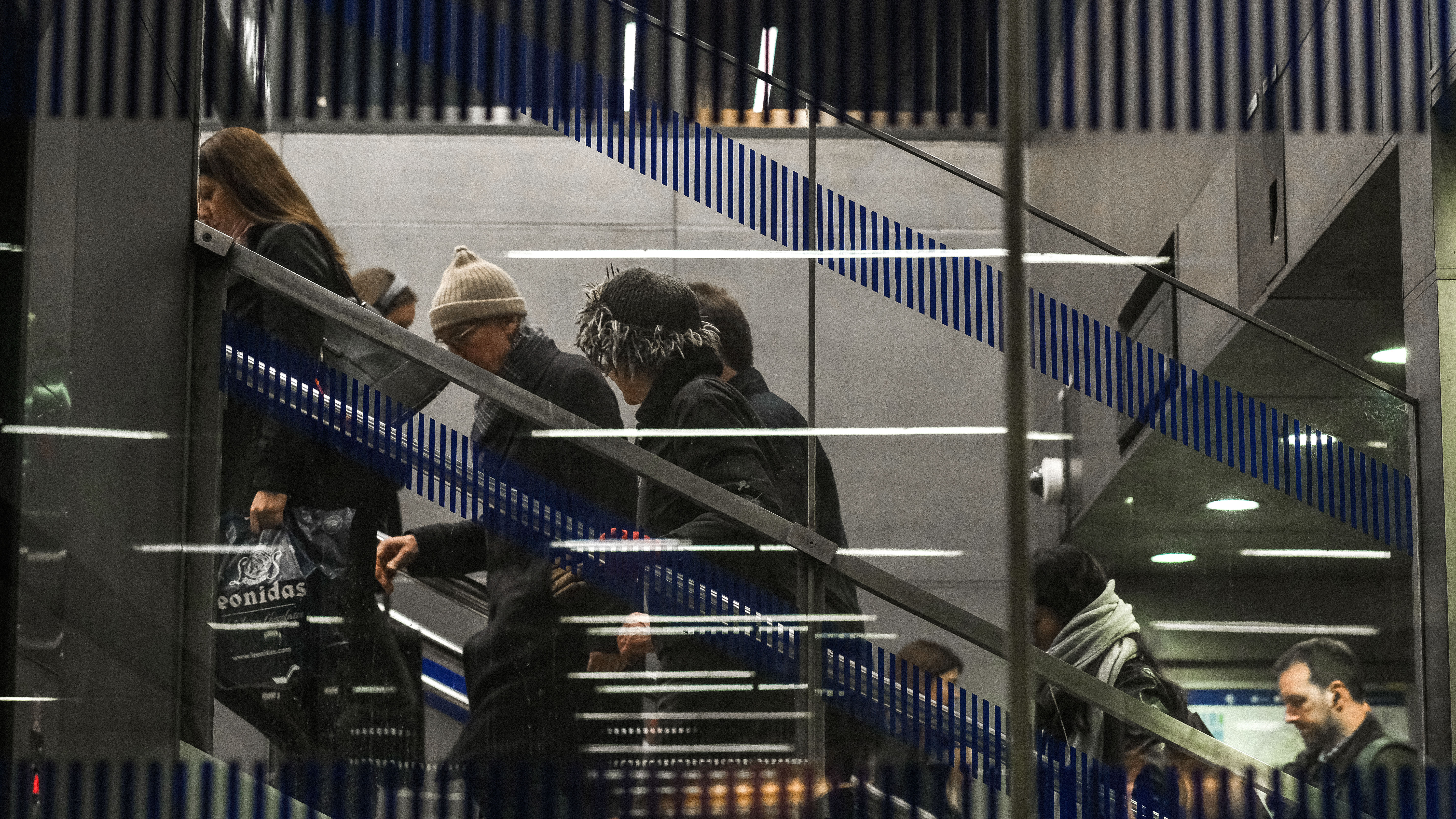
The current space of emergency distinguishes itself for its scale and pace—think of the diffusion of unprecedented restrictive measures from China to Italy, Iran, Spain and beyond. But there is more. At its core, that emergency space is structured around a biological framework, that is, it is structured around the need to control the flow of certain kinds of biological circulations across bodies in space and time. From Canguilhem and Foucault (1989; 2016) to Franco and Franca Ongaro-Basaglia (2013), to the debated work on biological citizenship of Rose and Novas (2005), many have discussed how biological/health grounds can be used both to govern and to organize demands for resources and rights. Sparke points out how the relationship between neoliberal economics, austerity politics and biology leads to the restructuring of and production of new forms of ‘biological sub-citizenship’ (2017). Here, austerity measures are embodied and lead to the definition of specific bio-inequalities and related subjectivities. But covid-19 poses a different challenge.
The current space of emergency is not only about the effect that austerity has on health, its management, and the rise of sub-citizenship. There are also signs of a diffused, beyond-health, form of austerity (l’emergenza) founded on a health concern (il pericolo). This process goes hand in hand with the creation of sub-citizenship, for instance allowing the stigmatization and social control of travellers from Wuhan, Iran and Italy, which of course intersect with Northern-Westernized racial attitudes towards these different ‘Souths’. But at the same time, l’emergenza is about using ‘health’ as a gateway to non-biological domains that are accessed rapidly and efficaciously precisely because of the biological foundation of emergency. This is a form of biologically-structured austerity – or what we provisionally call bioterity – that can strengthen old processes of governmentality. In other words, the affective capacities of current measures *might* foster subjectivities that not only desire their own repression (Deleuze & Guattari, 1977), but willingly look for it in the name of perceived safety. If it is clear that those subjectivities have been in the making from a very long time—through neoliberal and reactionary manoeuvring around labour / housing / terrorism—the biological grounding of the current austerity measures gives it a new spin.
The novelty brought forward by the covid-19 space of emergency lies in the starting point of its measures. Bioterity founds its perceived mode d’être at the virological level: a plane of intimate biological circulations that exceed individual perception and experience. On that plane contestation is difficult, not only because it encompasses the subject, but also because its boundaries are guarded by the custodial truths of medicalized science. This double detachment – from a circulation exceeding the self, and the bordering operated by science – opens a space where appropriation and extraction can be fast and quick. The opening of such a space is, of course, not accidental, which is why we align it to a broader lineage of austerity politics that, now, not only intersects with long-standing racialized banishment (Roy, 2019), uneven urban developments (Harvey, 2012), and neoliberal management of environmental disaster (Vincanne, 2013), but founds renewed life in the fight against pandemic death. Here, bioterity allows the a-symmetrical relationships between global-exploratory flows and everyday life to work smoother and faster (Hardt & Negri, 2019).
In protecting ‘life’ against a virus that ‘we’ cannot fight individually, colluding political and economic interests are rapidly gaining direct access to a level of shared bodily fright which provides for a unique vantage-point for a number of potentially reactionary, extractive makings. As in Fassin’s notion of “biolegitimacy—“the sacredness of life as such” (2009, p. 50)— how can the many say no to a space of emergency erected to protect their lives, and how, more crucially, will they unlearn and contest the dwelling praxis they have been subjected to in the meantime?
Some concrete expressions of bioterity are already evident. From the Italian case, one witnesses the intensification of structural relegation and subsequent violent silencing and, the restructuring of economies of work combined with the rise of post-biological precarity. Beyond the illustrative and paradigmatic cases of homeless people denounced for their wandering around the streets of Milan, against the current blockade imposed by the national government, the management of prisons is a clear example of the first category.
Where does the prison begin and end?

In order to contain the spread of the coronavirus, the Italian Ministry of Justice suspended family visits and meetings with social workers for inmates in most jails. The policy (enacted on the 7th of March) was the first and only addressed specifically at jails, where no other measure was put in place. No masks or hand sanitisers were distributed, and inmates were simply told to maintain distance from one another—in a carceral system composed of 189 institutes designed for 50,000 people, where 61,200 live (with an overcrowding rate of 120%). On March 8th, and in the following days, inmate revolts against the policy started in dozens of prisons across the country – most notably in Foggia, Avellino, Bologna and Modena. After three days of struggle, the body count rose to 14, all inmates. Some prisons, like Modena, were severely damaged, leading to the transfer of inmates to other cities, furthering overcrowding. All deaths have been classified as ‘overdoses’—claims that inmates abused substances taken from prison infirmaries during the revolt. Most deaths are racialized. Nine of the ten deaths registered between Modena and Bologna occurred in individuals of North African origin, with three awaiting their first judicial hearing.
In this context, a feasible response to the virus would have been to decrease the number of inmates through a pardon for minor crimes, as adopted in Iran, or through the suspension of incarceration for those awaiting their first hearing (which taken together will account for about 10,000 people currently jailed in the country). The distribution of adequate prevention kits, as well as the pre-emptive use of Skype and other remote platforms to facilitate communication with families, would have also eased tensions. As inmates’ associations correctly point out, blatant disinterest, lack of care, and the generalized acceptance of what some have called ‘penal populism’ prevented these measures from being adopted.
In the aftermath of these revolts, The Ministry of Justice, testifying in front of the Parliament, reduced these actions to a “criminal act,” stating that “Italy will not back away in the face of illegality.” No mention was made about the root cause of the unrest. Far-right politicians such as Giorgia Meloni and Matteo Salvini have called for “exemplary and severe measures” for the rioters. The general public has largely ignored the issue. A week after the events, no further news can be found on any of the major national media outlets. Investigations of the real reasons for the deaths seem to be postponed, let alone publicly discussed.
The sense of emergency and grandiose acts of responsibility, invoked by Italy’s Prime Minister Giuseppe Conte on daily Twitter or Facebook videos, does not leave room for much else because it is about defending the objective truth of intimate life for the many (Fassin, 2009). In this context, the disinterested responses to the revolts of the incarcerated are not only effects of the crisis (‘there are more important things to think about right now’), or the evident expression of the racialized orderings of life. They mark, above all, the starting point for a new austerity founded on an immanent biological imperative, which will outlast its immediate instantiation. For the ones who rebelled during the rise of bioterity – having the guts to fight against the austerity imposed on them in a moment in which everybody was intimately, biologically, asked to be responsible and savvy – the future can only be bleak. The post-covid landscape, that is, the space where bioterity will largely unfold, will likely be populated with new norms of containment—the “iron fist” invoked by Salvini—to avoid similar episodes from happening again.
Who will work and how?
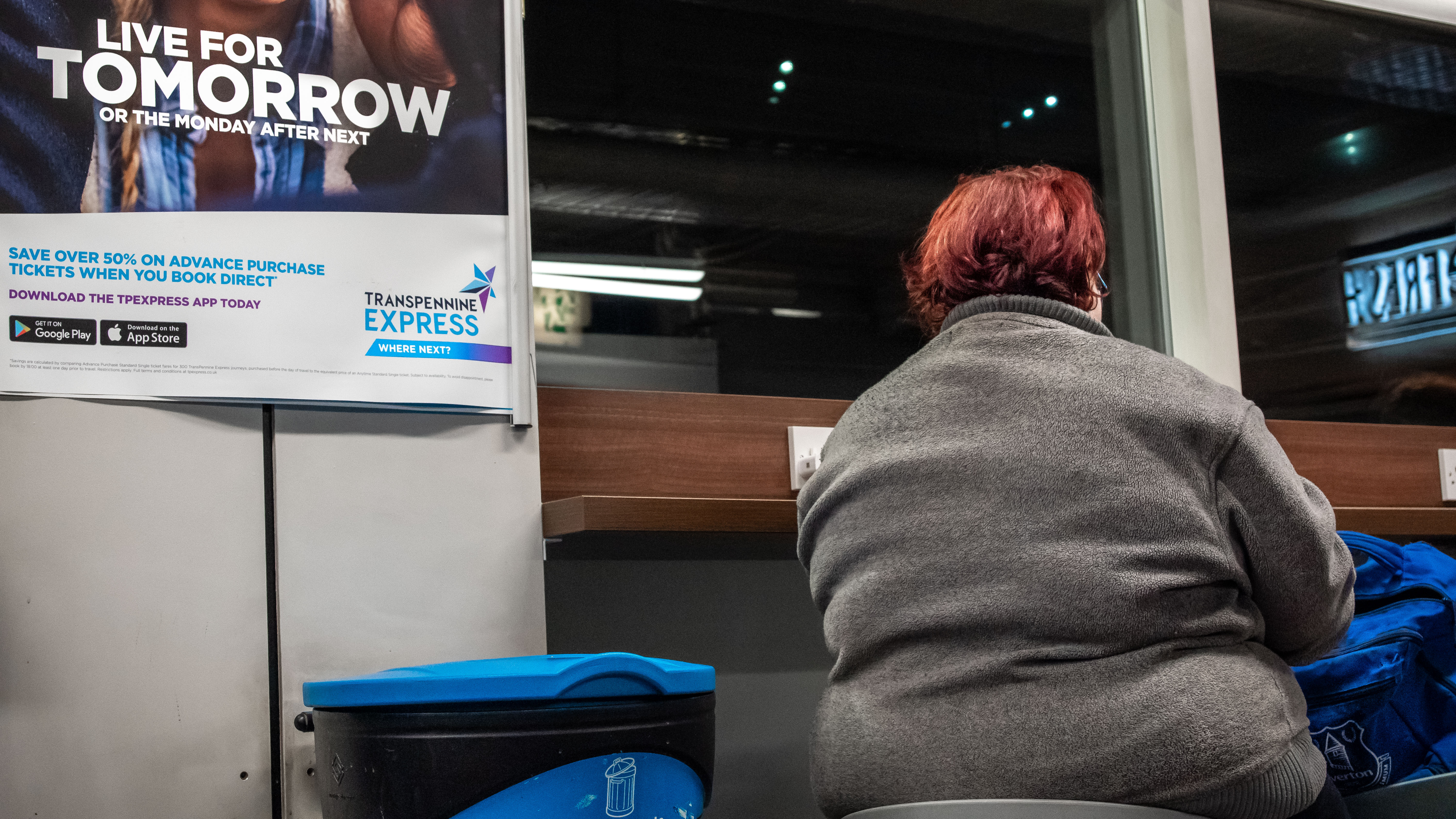
The restructuring of economies of work is a second, diffused, effect of these early days of biological austerity. Interviewed around the Coronavirus crisis, Rome’s controversial mayor expressed her solidarity with those losing their jobs in the informal economy (il lavoro in nero) because of the current restrictions on population movements. Ridiculed by the mainstream media, Virginia Raggi has shared a concern felt and lived by many of our working-class friends and relatives in the country. How do these workers cope, in the utter impossibility of going on with their life, being cut off also from the few available financial resources dedicated to formal workers? And most importantly, how will they continue to work post-emergency, when tight controls are likely to remain in place in a country where almost 13% of the GDP is based on informal jobs?
Arguably, bioterity measures are not only reducing the possibility of a public debate around these issues now but are also preparing for more stringent controls on the conduct of work (perhaps on the basis of the data collected during the ‘crisis’). This is most evident in the ways big multinationals and universities have been piloting remote (or ‘smart’) working schemes en-masse on the eve of the outbreak. When Italy still had no containment zone, Amazon, Google, Facebook and Microsoft in the U.S. were launching large-scale office closures. The effects that these measures will create, undermining place-based solidarity and interaction and enhancing the capabilities of remote digital control, are likely to protrude well beyond the current space of emergency.
Given this atmosphere, in Part II we will focus on possible more progressive and judicious responses to these spaces of austerity based on what seems to be lost in our experiences of collective life, and what might be triggered anew.
***
Part 2: On circulation and solidarity
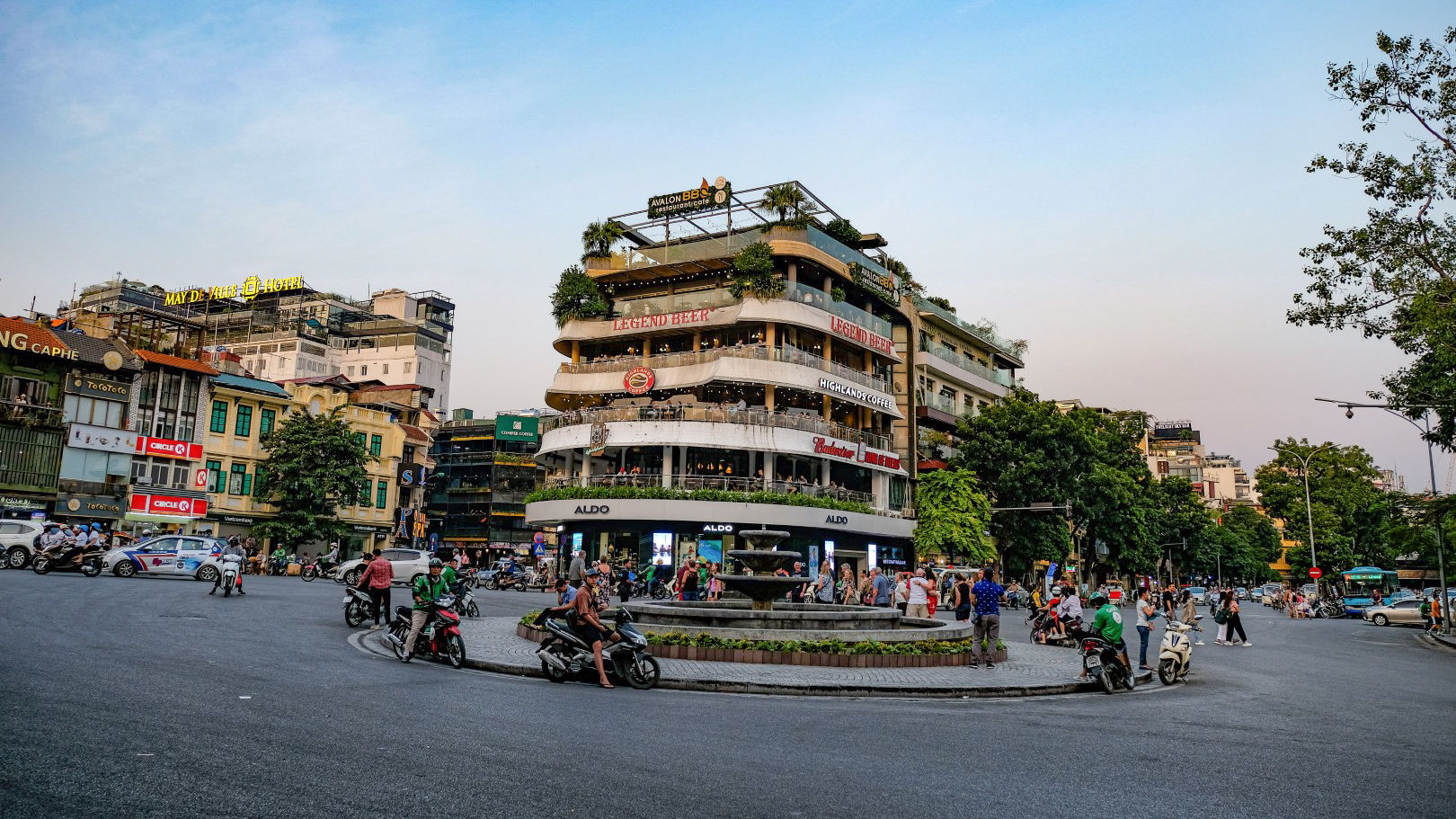
Twenty-four, twenty-four hours to go, we want to be instructed
While it may appear that we have paid insufficient attention to the real dangers of the crisis underway thus far, we want to be clear that it seems severity measures might work to contain the spread of the Coronavirus, and that calls for herd immunity, as in the case of the UK, are no more than attempts at continuing the flow of profits before public health. At the moment of writing, very encouraging signs emerge from Wuhan province and other parts of China.
Indeed, especially when one is a “senior citizen” residing in the UK wary of contamination, one wants masks delivered to one’s doorstep (Singapore), one wants the imposition of mandated social distancing (Hong Kong), one wants the movements of populations precisely tracked as a way of monitoring and controlling disease vectors (Taiwan). If such wanting appears to buttress the imaginary of an all-knowing surveillant state, or to offer up essential individual and collective responsibilities to technological apparatuses outside of common design or control, it does reflect a distrust in the capacities of a general public to act in its best interest. For is such a public a simple collation of existences long encouraged to curate themselves as exaggerations of a purported human autonomy, or does it reflect some critical mass of mutual recognition, of complementary alignment among divergent experiences and assessments? In public, whose interests do we really have in mind? What is happening to our experiences of social solidarity, our ways of being in public, and our capacities to circulate through each others’ lives?
These questions allow us to further unpack the groundings of the emerging bio-led austerity regime. The want for surveillance, for restrictions from possible contaminating contact, for a statistical representation of the intersection of lives, partly stems from a downward spiral of the capacity of individuals to remain attuned to their surrounds. In this sense, bioterity is not found only in the intimate biology of the self, and in one’s own essential incapacity to deal with these dynamics of genetics and infection, but also in the circulatory regimes between those intimacies and other wider ecologies.
These are circulatory regimes from which individuals are largely and strategically removed, therefore leaving the operationalization of these spaces up for grabs. From intoxicated women careening through the aisles of Tesco coughing indiscriminately, to cashiers wiping their noses before delivering the change, to projectiles of spit on crowded sidewalks, it sometimes appears as if individuals in public are oblivious to the current viral conditions, completely unaware of the implications of their demeanor. Relieving immediate experiences of personal discomfort or anxiety seems to take precedence over any concern for a ‘public’. The hyper-attentiveness to phone screens and advertisements captivate attention away from the sensuousness of street life. In the time of viral transmissions, passers by easily become a generalized threat, no matter who they are or where they come from. No one in their particularity is singled out in a kind of perverse inversion of solidarity. The question of how such ‘a public’ is constituted and inhabited is one key to access the politics, and the related counter-politics, of the emergent regime of governance creeping through it. It is a key reason that national leaders may seem inclined to function now as pedagogues-in-chief.
The sensuous street
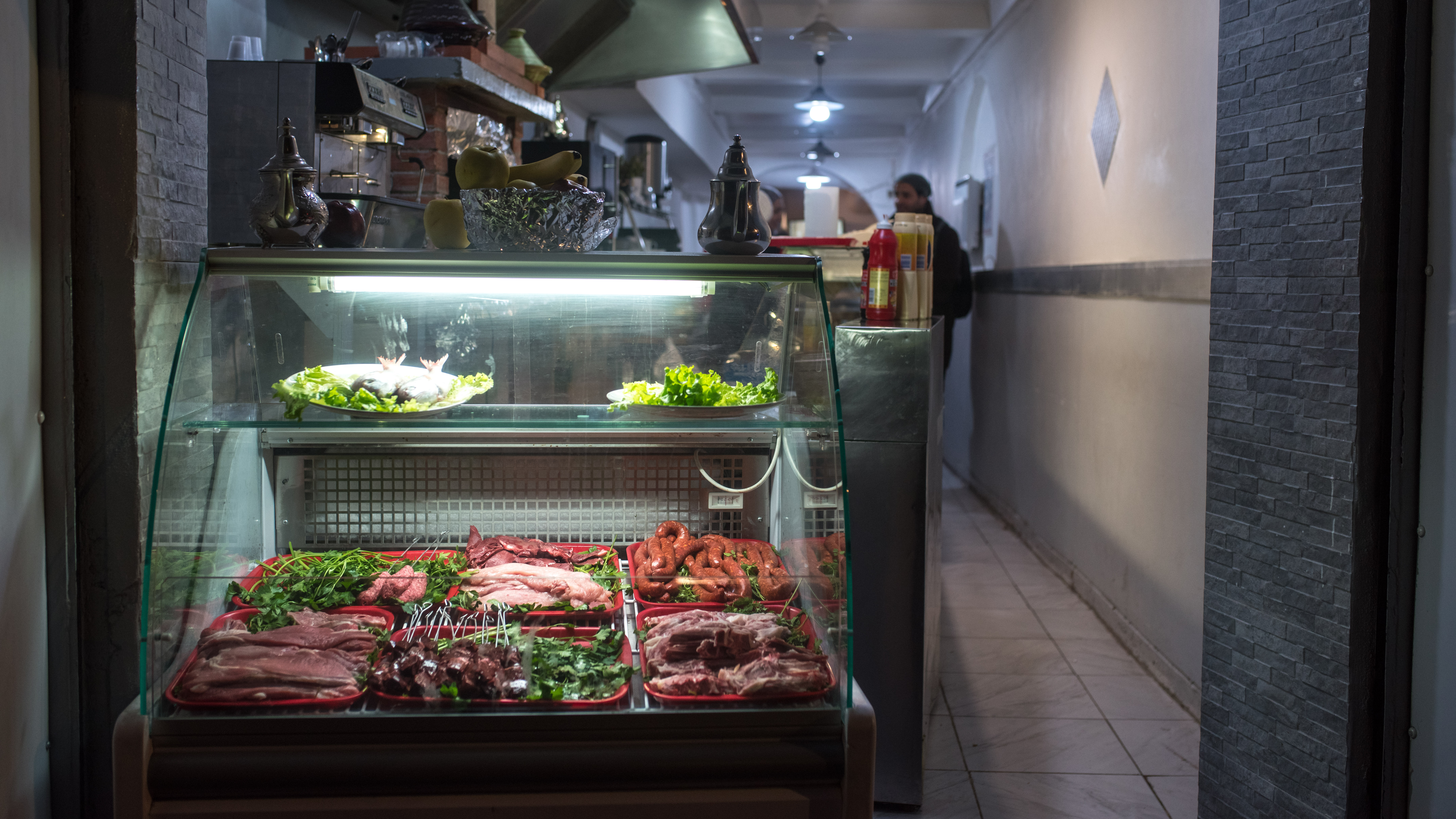
What has happened to our capacity to be in public, and from where might it be possible to draw important ideas of living through new austerity regimes? In a section off the Noailles market in Marseille a cat and mouse game between police and street sellers has intensified since the onset of the virus. Without stalls, or sometimes even useful or discernible products to sell, a panoply of men and women emerge from seemingly all corners of the city to assume a spot from which to issue rumours, impressions, and propositions under the auspices of having something concrete to offer—chargers for phones that have long become dinosaurs, expired lottery tickets—as well as a motley supply of things having “fallen off trucks” or tossed out of windows during domestic disputes. Everyone gathered seems to recognize and respect the need for a predictable and stable spot, even though there is a great deal of bodies running back and forth to witness an unusual sale, and repeated exchanges of trades, where those selling bootleg cigarettes today will hawk stolen shoes tomorrow.
Without explicable notice, the crowd will often quickly disappear before the cops show up, only to return a short-time later and resume previously-interrupted transactions without missing a beat. Everyone seems to know what each other is doing; each knows that everyone pretends to be something they are not, but without any deep secrets being covered up. There is attunement to the surrounds, a sense that these bodies are an integral part of their environment without being fixed in place, capable of incessant calibrations, small and invisible though they may appear. What is solidarity here but the capacity of participants to play off each other, to pay attention to the smallest details of how personal actions ramify across the landscape? There are no deliberated rules and enforcements, no meta-governors to issue dictates or guarantee consensus. There are no general principles about common welfare, even if each seller tacitly knows that their only opportunity rests with ensuring an opportunity for all, together. Each must also remain detached, for there is no recourse to justice; even if brokers and enforcers abound, even if a certain violence hovers over the scene, things must not get out of (one’s) hand.
While life in the time of the virus will exhibit many instances of inordinate generosity and mutual concern, the extent to which this indicates a sense of solidarity may be questionable. Whatever the motivation—from the attenuation of guilt to a sense of moral responsibility—the demonstration of care remains important, yet it transforms into solidarity only when room is accorded to all of the ways people in urban life ‘work around’ each other. A ‘public’ is constituted only if maintained as such. What this means concretely is that individuals are sufficiently attuned to the ways in which buildings, roads, stairs, sidewalks, aisles, and rooms not only posit an infrastructure of everyday performance but possibilities of figuring new modes of witnessing and transacting, of call and response, deliberating, of saying something to each other. For the question is what can we do together—something determined by those infrastructures—and then to turn the question around, what can we do to those infrastructures, right now, to permit an enhanced sensitivity to the conditions “we” face? Yes, retreat into interiors may be required, but an attunement to the surroundings may allow us to “space out” in ways that can contribute to a renewed sense of intimacy with and through the extended world we inhabit.
The question therefore seems to be how one can re-appropriate the uninhabitable space of one own’s biological intimacy as well as re-inhabit its extended circulations in their criss-crossing with those of anybody else. Relegating the former to science and the latter to the dictates of governmentality has allowed for their grounds to become terrains of extraction, where our individual responses can only be null, de-potentiated. Bioterity will only expand this process. So, if there is something to be cared for in this renewed space of emergency, that thing is not just at the level of individual practice, inclinations, or willingness to ‘do more’ and help the ‘collective’. Austerity subsumes these efforts into the cogs of the ‘new normal’ anyway. What is needed is an imagination of an undisciplined politics of inhabitation, that is, a politics that finds in limited control and circulations ways to undo austere fixtures.
Gathering the surrounds: an undisciplined politics
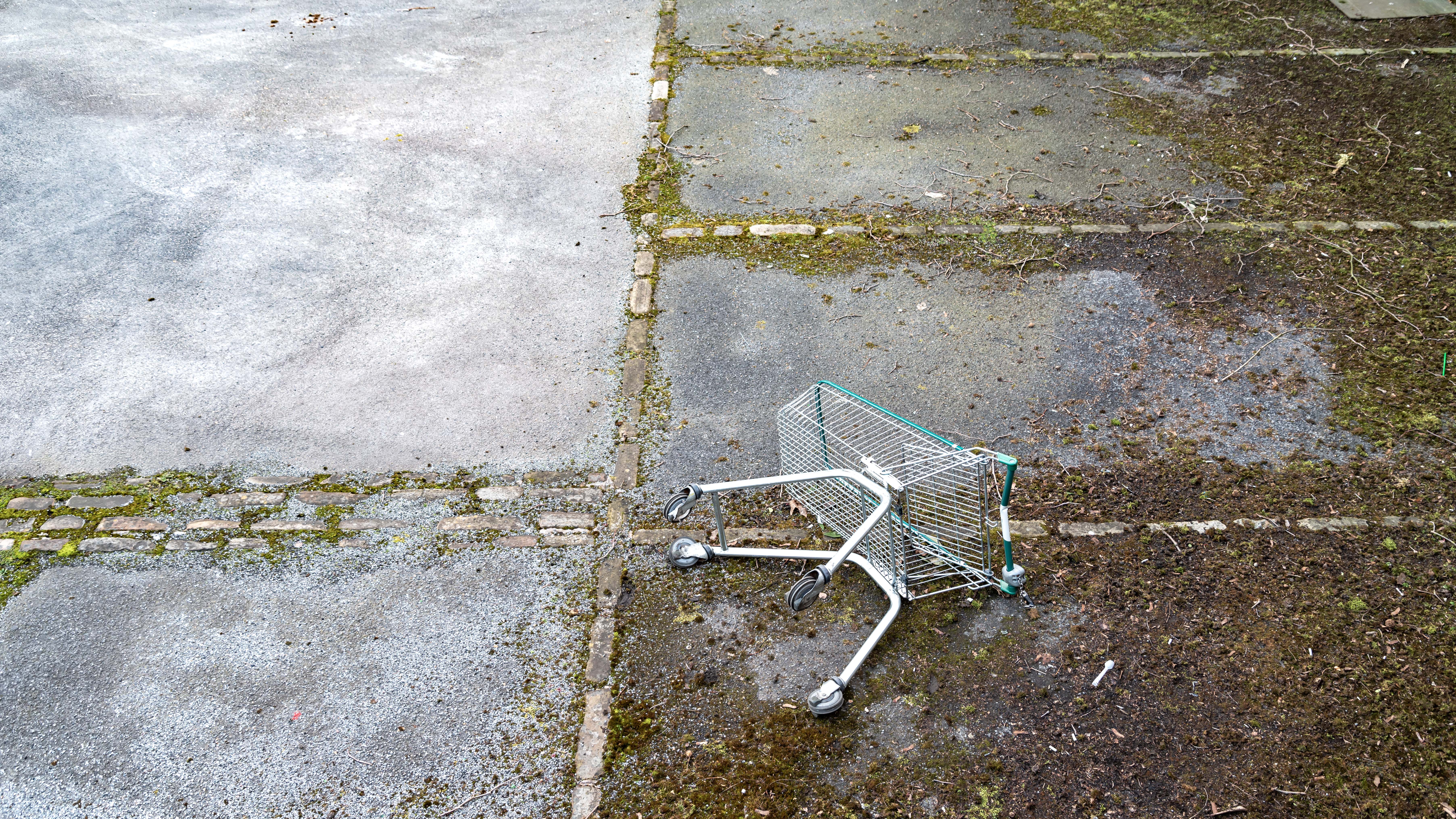
What might such an undisciplined politics look like? Years ago, one of us – AbdouMaliq – was living in Yopougon, a dense quarter of Abidjan, being continuously bewildered by the efficacy of peculiar practice his partner pursued with a close friend of hers. This was a district of a uniform layout of tiny pavilions surrounded by a walled courtyard. The two women lived close by, but some four streets away, a distance of over one hundred yards. Yet both would place ladders against their back walls, climb up and have long conversations with each other even though it would have seemed physically impossible for them to hear anything each other said. For the projected words would have to cross the cacophony of so many other neighbours—their conversations and nocturnal activities. But this was seemingly the point, i.e. to speak with each other in the midst of and crossing of this other life; to speak to each other as the very surrounds they were a part of, for these surrounds to be their very voices, and to constitute the modality of whatever solidarity they shared.
In the everyday life of inhabitation, there is often a thin line between care and affliction. The other of us – Michele – has on numerous occasions been brought into the space between the two, in the everyday living of Roma people on the street of Bucharest, Romania. The seemingly inordinate life of communities violently evicted from their homes, resisting racialized state violence within self-made shacks, was about extending individual concerns beyond the self in order to arrange for a renewed ‘public’ to emerge and endure. Circulations—of buckets of water, wood beams, and food cooked in pots passed from one shack to another— were interwoven with travelling miles by foot to file documents at the City’s offices, hospital visits, public rallies and other forms of collective politicization. That condensation was untenable and because of that it was able to generate a collective/affective orientation to effective political action. Insisting on circulating across an inordinate cacophony, and cutting through the normalizing closures of neoliberal Bucharest, solidarity emerged as a form of care beyond-the-self (Stevenson, 2014), frightening a city that did not know how to deal with that.
These stories show that in order for care to take place, persons must extend themselves to one another beyond the positions and sensibilities they occupy. Care must entail the capacity of persons to be implicated in a world beyond where it is that they can exert reasonable control, and thus to be present in ways that are diffuse, partially-formed and undisciplined. For discipline is that which reins in the multiplicities of what a person is into the appearance of something cohesive and responsible. So, care cannot control the terms of its offering, even if motivated by a spirit of generosity and empathy. The person that extends herself literally loses the ability to remain in charge of the story, for the extension entails the transgression of limits that regulate the performance of the self.
Likewise, each person is surrounded by a circulation of fragmented extensions. One’s surrounds do not constitute a cohesive atmosphere, its ecology is not a unitary thing, but a swirl of fragments, extensions from many elsewheres. These extensions seek implication and traction in the person’s life. They counter the agendas and self-interests that might characterize the extension of a fully intact subject into its surrounds. Rather, a dispersal of fragments and potentials seeks some kind of landing in a recipient—and so the well-known field of “affecting and being affected.” Just as a person seeks to secure themselves, not in defensive manoeuvres, but by being implicated in a world larger than their direct apprehension, that same person is the recipient of forces coming from both known and unknown destinations—forces that are potentially afflictive as much as sustaining—and sometimes the demarcation is not clear. So the solidarity we know of might not be enough to protect us. There will be no huddled masses yearning to be free (of the virus).
Rather, we might turn to Isabelle Stengers’ call for a “cosmopolitical” approach to slowly trying to find common ground, one based on process of distinct standpoints seeking to enfold each other’s heterogeneity rather than on consensual agreement to a specific vocabulary of analysis or action (2010). Vulnerabilities to unanticipated forms of affliction must be risked as an inevitable byproduct of coming to grips with the potentialities of disaster and not treated as a definitive impediment. Or: the same grounds that bioterity now eagerly appropriates can be colonized from below, from which a politics of uninhabitable and liberatory circulations can be experimented with, inhabited within, and cared through. For there is no closing oneself off from the inexplicable forces of the world if a person, household or community is going to extend themselves into that world. There are no fresh starts, though many incipient beginnings.
Virulent circulation as solidarity
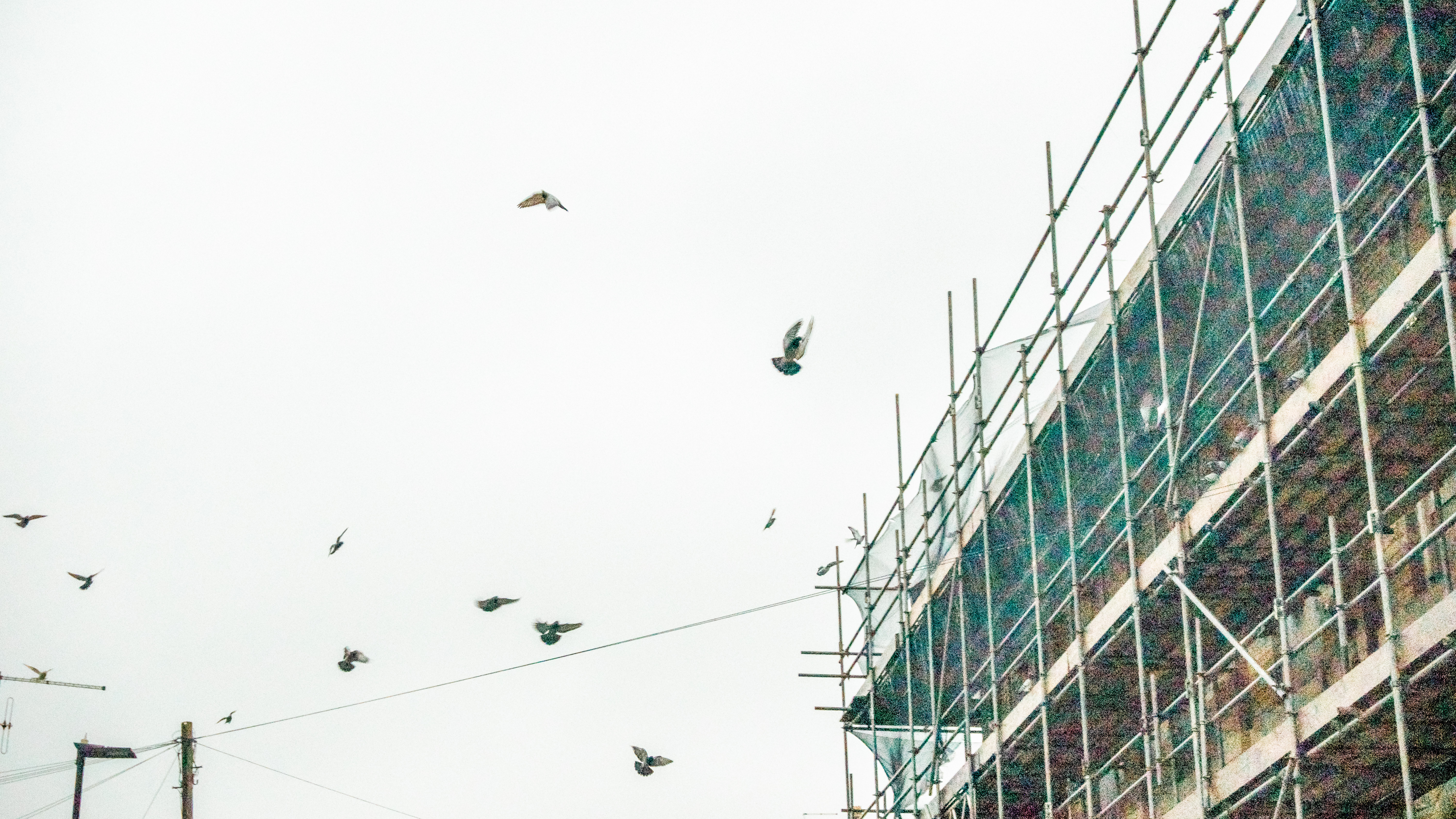
Our concern has been the afterlife of austerity measures founded on biological circulation, and in the power they can gain working from that vantage point. Emergency/Emergent responses might start with containment, but in grounding themselves at the intimate biological level and its circulation they become harder to detect, attack, and dismantle. Their seemingly objective truth is to be continuously questioned. A bioterity regime is in the making, even more so considering the unprecedented spread of the current space of emergency globally. The Western African Ebola virus epidemic, which posed a greater risk to human life, could perhaps be seen as an antecedent of the current processes, revealing austerity measures grounded in biology but extending beyond it notably in Guinea, Liberia and Sierra Leone. But the level of intensities of the covid-19 space of emergency is unparallelled, which of course amplifies the potential reverberating effects of its governance.
So how to respond, how to organize? The antibodies against this renewed form of biologically structured austerity are to be found within the seemingly uninhabitable times we are plunged in. We need to get closer to the bare material bioterity seems to work with – the sacredness of intimate life, in its relational affects. We have focused particularly on the latter, because in there we have witnessed, in our ethnographic errands, the emergency of non-normative modes of inhabitations and struggle structured around working through unfinished business, navigating without seeking full control and being attuned to unapparent movements. Pointing to these is not about romanticizing lives unfolding at the intersection of violent histories and makings, but to take their unfinished (yet fully lived) propositions seriously (Hartman, 2018). In this sense, the virus poses an opportunity. The virulent circulations that unite us beyond our individual control can become the groundings from which to reimagine autonomous modes of inhabitation and becoming, which are about deterritorializing violent closures and controlling formations (not dissimilarly to what Wade has proposed around blackness, 2017). It is about resisting incarceration as a generalized form of life.
In academia – a space the two of us happen to frequently inhabit – that means roaming around and stealing more than ever before (Harney & Moten, 2013). If the response to the pandemic is individualized, pushing us to intimately interiorize austerity measures from our desks (or beds), we need to break through. The neoliberal (re)structuring of our work and material conditions have already produced an enormous hiatus of solidarity-based organizing (Coin, 2017). But in writing, debating, questioning—more than in the isolation of tweeting—we shall do better. Our invitation is to offer comfort to your colleagues in need – through WhatsApp groups, Zoom meetings and the likes – but not stop there. We need to fight the colonization operated by austerity measures beyond the immanent threat, which will be rolled out through online teaching, remote working, and diagrams of ‘student satisfaction’. The struggle can be carried working within the uncertainty of the current times—breaking in and opening-up spaces of encounter and circulation beyond the institution, beyond the self.
Bios
Michele is an ethnographer interested in radical dwelling praxis. He is member of the Frontul Comun Pentru Drept la Locuire (FCDL, Bucharest) and one of the editors and founders of the Radical Housing Journal (www.radicalhousingjournal.org)
AbdouMaliq Simone is Senior Professorial Fellow at the Urban Institute, University of Sheffield and Visiting Professor, African Center for Cities, University of Cape Town.
References
Basaglia, F., & Basaglia-Ongaro, F. (2013). La maggioranza deviante. L’ideologia del controllo sociale totale. Baldini&Castoldi.
Bondi, L. (2005). Working the spaces of neoliberal subjectivity: Psychotherapeutic technologies, professionalization and counselling. Antipode, 37(3), 497–514. https://doi.org/10.1111/j.0066-4812.2005.00508.x
Canguilhem, G. (1989). The normal and the pathological. Zone books.
Coin, F. (2017). On quitting. Ephemera: Theory & Politics in Organization, 17(3), 705–719.
Deleuze, G., & Guattari, F. (1977). Anti Oedipus. Capitalism and Schizophrenia. Penguin Books.
Fassin, D. (2009). Another Politics of Life is Possible. Theory, Culture & Society, 26(5), 44–60. https://doi.org/10.1177/0263276409106349
Foucault, M. (2016). Abnormal. Lectures at the College de France 1974-1975. Verso.
Guattari, F. (1996). Subjectivities. For the better and for the worse. In G. Genosko (Ed.), The Guattari Reader. Blackwell Publishers Ltd.
Haraway, D. J. (1991). Simian, Cyborgs, and Women. The Reinvention of Nature. Free Association Books.
Hardt, M., & Negri, A. (2019). Empire, twenty years on. New Left Review, Nov-Dec(120).
Harney, S., & Moten, F. (2013). The undercommons. Fugitive planning & black study. Minor Composition.
Hartman, S. (2018). The Anarchy of Colored Girls Assembled in a Riotous Manner. South Atlantic Quarterly, 117(3), 465–490. https://doi.org/10.1215/00382876-6942093
Harvey, D. (2012). Rebel cities: from the right to the city to the urban revolution. Verso.
Madden, D. J., & Marcuse, P. (2016). In defense of housing. Verso.
O’Sullivan, S. (2012). On the Production of Subjectivity. Five Diagrams of the Finite-Infinite Relation. Palgrave Macmillan.
Rolnik, R. (2019). Urban Warfare. Housing Under the Empire of Finance. Verso.
Rose, N., & Novas, C. (2005). Biological Citizenship. In A. Ong & S. Collier, Global Assemblages: Technology, Politics and Ethics as Anthropological Problems (pp. 439–463). Blackwell.
Roy, A. (2019). Racial Banishment. In Keywords in Radical Geography: Antipode at 50th. Wiley-Blackwell.
Sparke, M. (2017). Austerity and the embodiment of neoliberalism as ill-health: Towards a theory of biological sub-citizenship. Social Science & Medicine, 187, 287–295. https://doi.org/10.1016/j.socscimed.2016.12.027
Stengers, I. (2010). Cosmopolitics I. University of Minnesota Press.
Stevenson, L. (2014). Life Beside Itself. Imagining Care in the Canadian Arctic. University of California Press.
Vincanne, A. (2013). Markets of Sorrow, Labors of Faith New Orleans in the Wake of Katrina. Duke University Press.
Wade, A. G. (2017). “New Genres of Being Human”: World Making through Viral Blackness. The Black Scholar, 47(3), 33–44. https://doi.org/10.1080/00064246.2017.1330108
